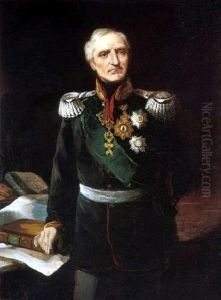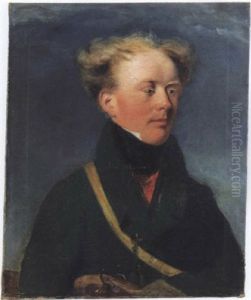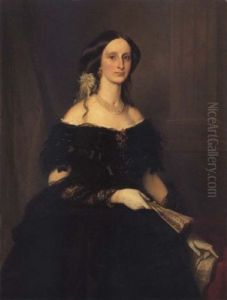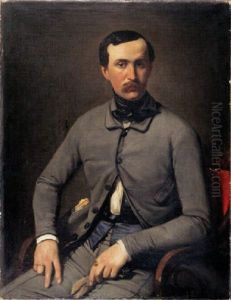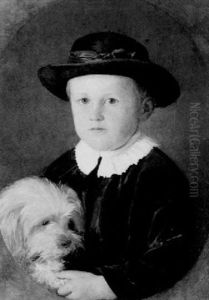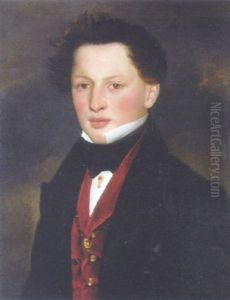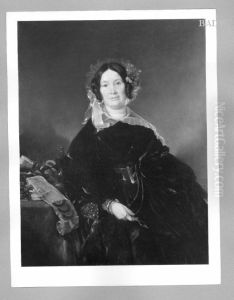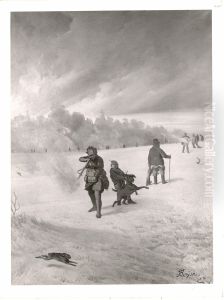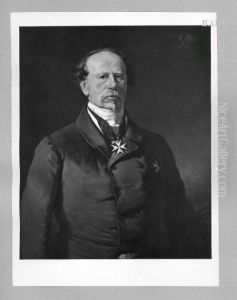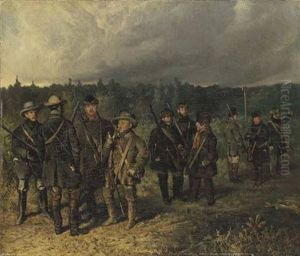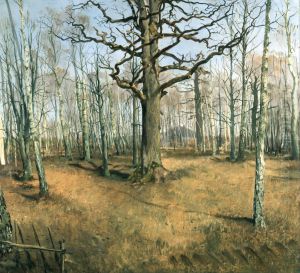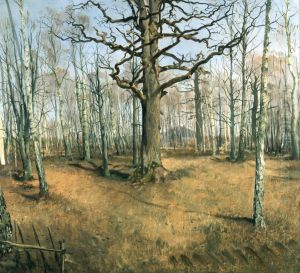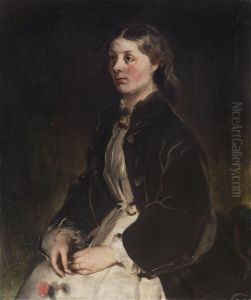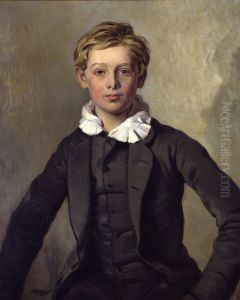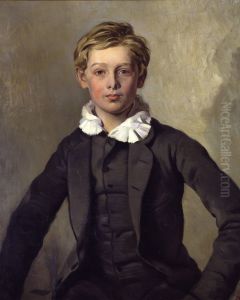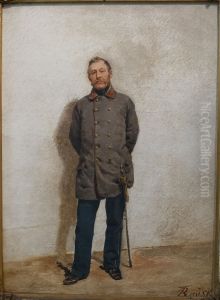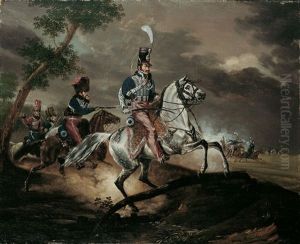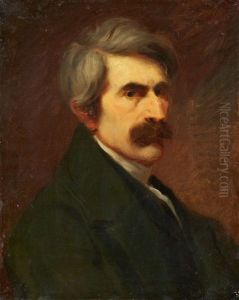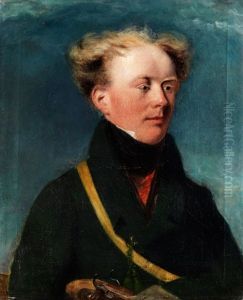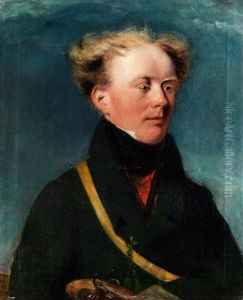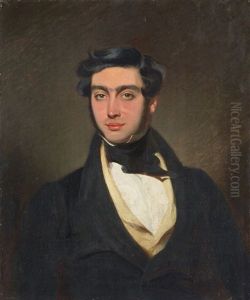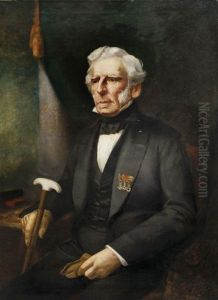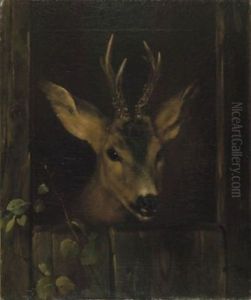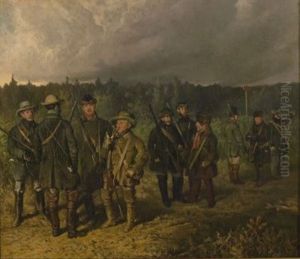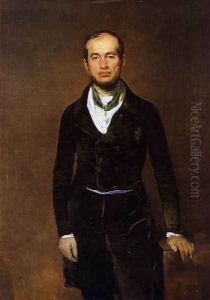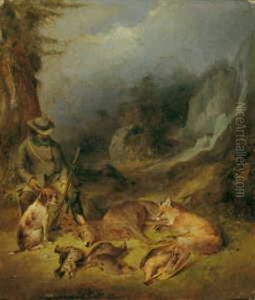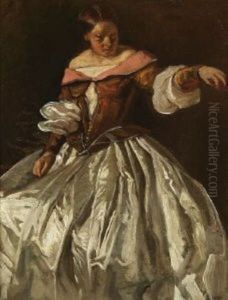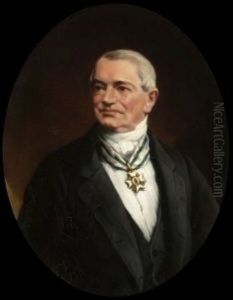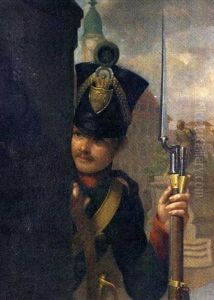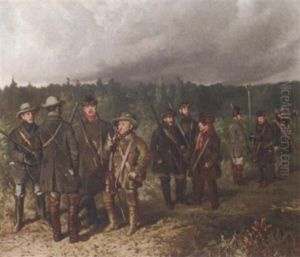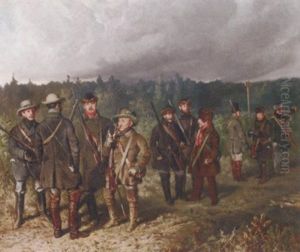Ferdinand von Rayski Paintings
Ferdinand von Rayski was a notable 19th-century German painter known for his portraits and historical paintings. Born on October 23, 1806, in Pegau near Leipzig, Rayski came from a noble family that had a strong military tradition. Despite this background, Rayski pursued a career in the arts, which was quite unconventional for someone of his social standing at the time.
Rayski began his artistic education under the tutelage of Julius Schnorr von Carolsfeld at the Dresden Academy of Fine Arts. He quickly developed a reputation as a talented portraitist, capturing the likenesses of many important figures of his time. His work was characterized by a meticulous attention to detail and a keen ability to convey the personality and inner life of his sitters.
Throughout his career, Rayski traveled extensively across Germany and other parts of Europe, including Italy, where he was influenced by the works of the Italian Renaissance. Despite the changing artistic trends of the time, such as the emergence of Romanticism and later Impressionism, Rayski remained committed to the Neoclassical style, with its emphasis on clarity, order, and the idealization of the human figure.
Rayski's historical paintings often depicted scenes from German history, reflecting a burgeoning sense of national identity during the 19th century. He received numerous commissions from the nobility and the burgeoning bourgeoisie, who sought to have their likenesses captured for posterity.
As his career progressed, Rayski gained prominence and was appointed a professor at the Dresden Academy of Fine Arts. He mentored many young artists, imparting his traditionalist approach to painting and helping to shape the next generation of German artists.
Ferdinand von Rayski died on November 19, 1890, in Loschwitz near Dresden. His legacy is preserved through his portraits, which remain a valuable record of the faces and fashions of his era, as well as through his contributions to the artistic community in Dresden. Rayski's works can be found in various art collections and museums, where they continue to be appreciated for their craftsmanship and historical significance.
